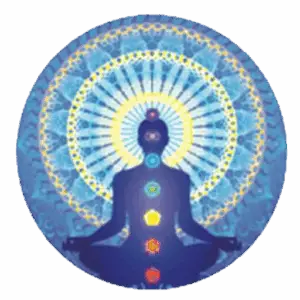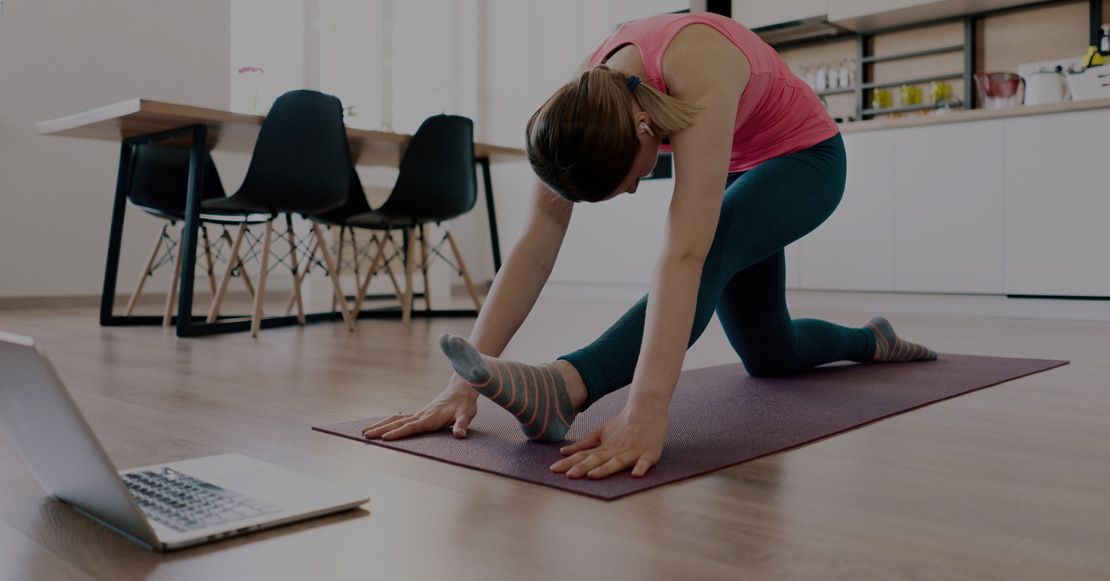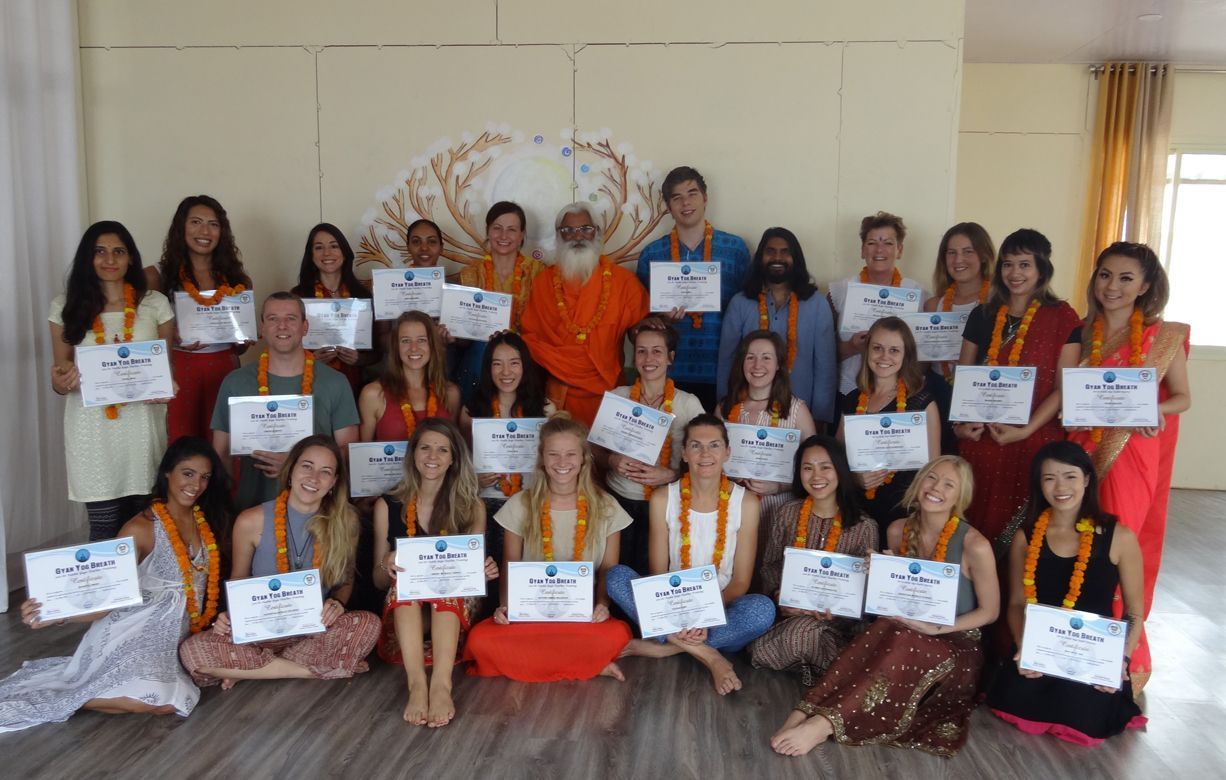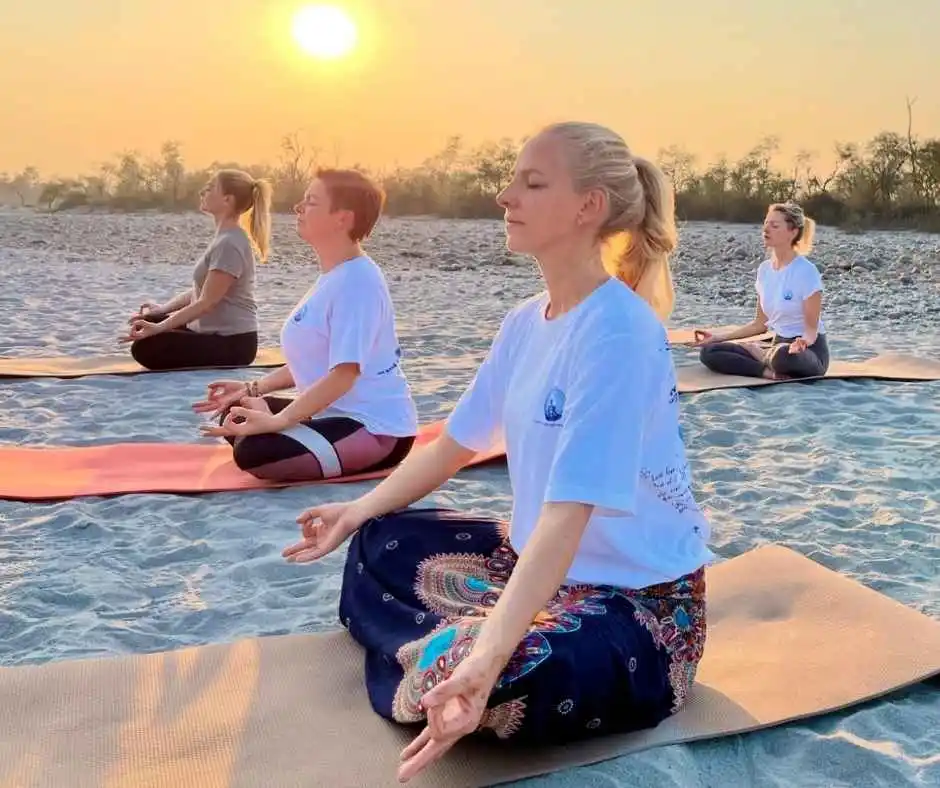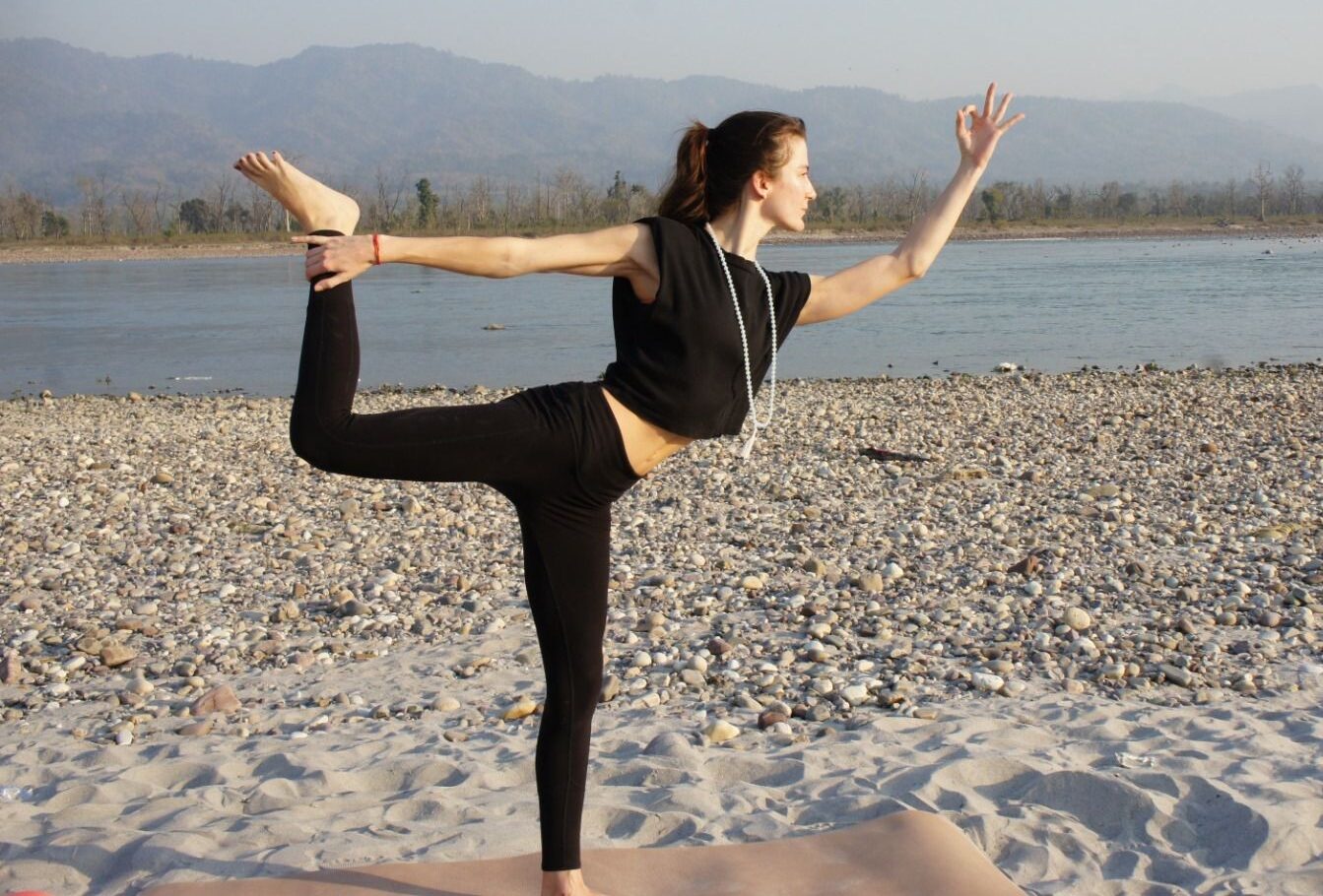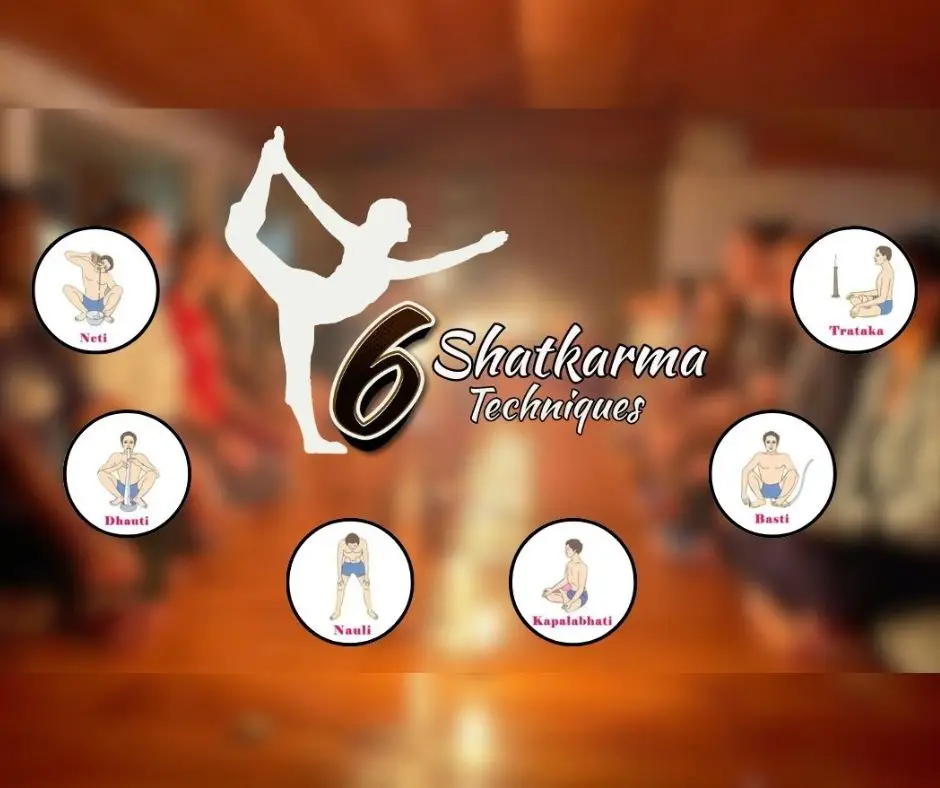Are you looking for more insights into Bakasana, the Crane Pose? Bakasana (Crane Pose) is a wonderful challenge for any yogi looking to build strength, balance, and concentration. Whether you’re a seasoned practitioner or just starting, mastering Bakasana (Crane Pose) can be incredibly rewarding. Let’s dive into the details of this pose, and I’ll guide you through the journey to perfecting it.

The Benefits of A Regular Asana Practice
Before diving into Bakasana (Crane Pose), it’s essential to understand the benefits of a regular asana practice. When you consistently practice yoga, you enhance your flexibility, strength, and mental clarity. Regular asana practice also helps you develop body awareness, which is crucial for balancing poses like Bakasana (Crane Pose). By dedicating time to your mat, you build the foundation needed to execute more complex poses safely and effectively.
Practice Pawanmuktasana (Warm-Up) Every Time You Step onto Your Mat
Before attempting Bakasana (Crane Pose), warming up your body is crucial. Pawanmuktasana, also known as the Wind-Relieving Pose, is an excellent warm-up for this asana. This pose prepares your body by stretching and opening the hips, which helps in achieving the flexibility needed for Bakasana (Crane Pose). By incorporating Pawanmuktasana into your practice, you ensure that your body is properly warmed up, reducing the risk of injury and improving your overall performance in Bakasana (Crane Pose).
Origin Of Bakasana (Crane Pose)
Bakasana (Crane Pose) has its roots in ancient yogic traditions. The name “Bakasana” comes from the Sanskrit words “baka,” meaning crane, and “asana,” meaning pose. This asana mimics the posture of a crane as it balances on its legs. Traditionally, Bakasana (Crane Pose) was practiced by yogis to develop concentration, balance, and strength. It is a powerful pose that embodies the grace and poise of a crane, symbolizing the ability to stay calm and focused in challenging situations.

Step-By-Step Instructions of Bakasana (Crane Pose)
Ready to give Bakasana (Crane Pose) a try? Follow these detailed instructions to get into the pose:
- Start with a Squat: Begin by squatting on the floor with your feet apart. Ensure your feet are flat and parallel, and your toes are pointing slightly outward.
- Position Your Hands: Place your hands flat on the floor directly in front of your feet, with your fingers pointing forward. Make sure your palms are shoulder-width apart.
- Bend Your Elbows: Slightly bend your elbows and create a ledge for your knees to rest on. This position will help you balance as you lift off the floor.
- Adjust Your Knees: Lean forward and adjust your knees so that the inside of your knees touch the outside of your upper arms, as close to your armpits as possible.
- Transfer Your Weight: Continue leaning forward, shifting your body weight onto your arms. Lift your feet off the floor and balance on your hands. Your knees should rest firmly on your upper arms.
- Bring Your Feet Together: Once you’re balanced, bring your feet together and focus your gaze at the tip of your nose. This helps maintain your balance.
- Hold the Pose: Hold Bakasana (Crane Pose) for as long as is comfortable. If you’re holding it for a short period, retain your breath. If you’re holding it for longer, breathe normally.
- Lower and Relax: Slowly lower your feet to the floor and relax. Take a moment to recover before attempting the pose again.
Preparatory Poses and Techniques for Bakasana (Crane Pose)
To prepare for Bakasana (Crane Pose), incorporate these preparatory poses and techniques into your practice:
- Plank Pose: Strengthens your arms and core, crucial for balancing in Bakasana (Crane Pose).
- Chaturanga Dandasana: Builds arm strength and prepares you for the arm balance required in Bakasana (Crane Pose).
- Malasana (Garland Pose): Opens the hips and stretches the lower back, which is essential for squatting comfortably in Bakasana (Crane Pose).
By practicing these preparatory poses, you build the necessary strength and flexibility for Bakasana (Crane Pose), making it easier to achieve and maintain the pose.
The Benefits of Bakasana (Crane Pose)
Practicing Bakasana (Crane Pose) offers numerous benefits:
- Strengthens the Core: Balancing on your hands requires significant core strength.
- Improves Arm Strength: Your arms must support your entire body weight in Bakasana (Crane Pose).
- Enhances Balance: Regular practice improves your ability to balance on your hands.
- Boosts Concentration: Holding Bakasana (Crane Pose) requires focus and mental clarity.
- Stretches the Upper Back and Shoulders: Helps release tension in these areas.
Incorporating Bakasana (Crane Pose) into your routine can significantly enhance your overall yoga practice, helping you develop strength, balance, and focus.
Variations of Bakasana (Crane Pose) and Use of Props
If Bakasana (Crane Pose) feels too challenging initially, try these variations and props:
- Bakasana with a Block: Place a block under your feet for support and balance. This helps you get used to the pose while reducing the strain on your arms.
- Half Bakasana: Start with one foot off the floor while keeping the other foot grounded. This variation helps build strength gradually.
- Knees on the Block: Place a block under your knees to ease into the pose and build strength before fully balancing on your hands.
Using props and variations can make Bakasana (Crane Pose) more accessible and help you progress at your own pace.
Contra-Indications of Bakasana (Crane Pose)
While Bakasana (Crane Pose) offers many benefits, it may not be suitable for everyone. Avoid Bakasana (Crane Pose) if you have:
- Wrist Injuries and Arthritis: The pose places significant pressure on your wrists.
- Shoulder Problems: The position can exacerbate shoulder issues.
- Pregnancy: Balancing on your hands may not be safe during pregnancy.
Always listen to your body and consult a healthcare professional if you have any concerns before attempting Bakasana (Crane Pose).
Learning Bakasana (Crane Pose) Under Guidance
Mastering Bakasana (Crane Pose) can be easier with professional guidance. At Gyan Yog Breath, our 200 Hour Yoga Teacher Training in India includes detailed instruction on poses like Bakasana (Crane Pose). Our training offers daily practice, hands-on adjustments, and personalized feedback to help you achieve your goals faster.
With experienced teachers and a supportive environment, you’ll gain the skills and confidence needed to master Bakasana (Crane Pose) and other challenging poses. Our program emphasizes the importance of consistent practice and expert guidance, ensuring you progress effectively.
Join us for our 200 Hour Yoga Teacher Training and experience the transformation that Bakasana (Crane Pose) can bring to your practice.
By focusing on Bakasana (Crane Pose) and incorporating these tips and techniques, you’ll develop the strength, balance, and concentration needed to master this powerful asana.
Keep practicing, stay patient, and enjoy the journey!
